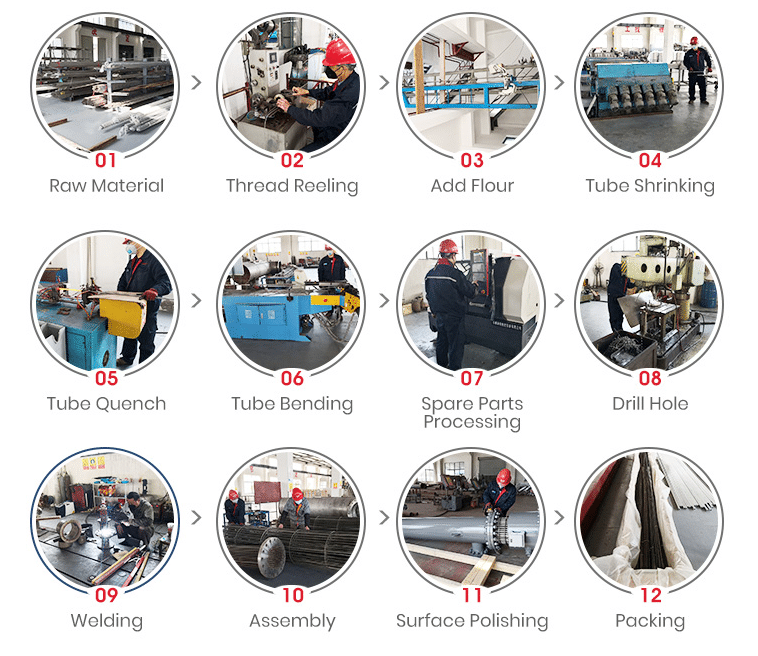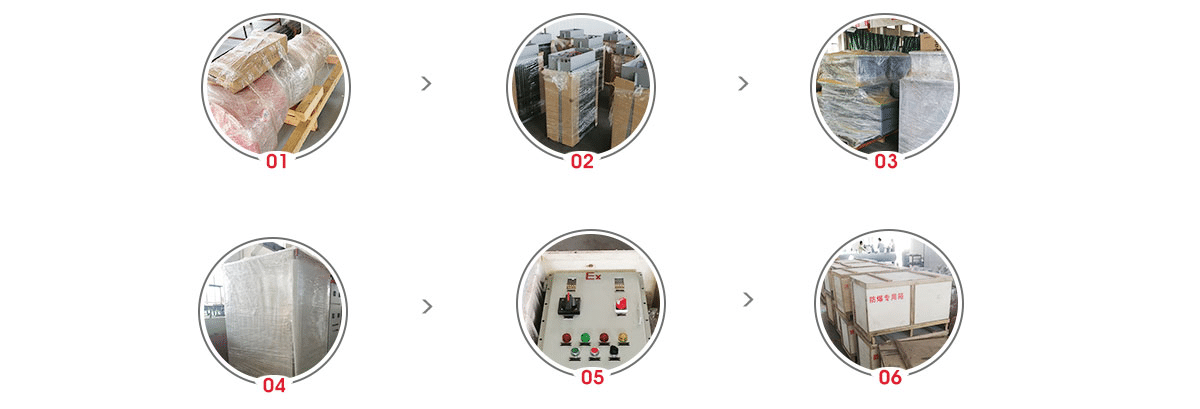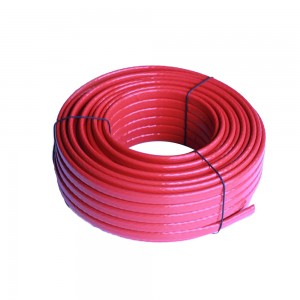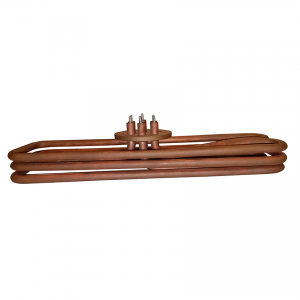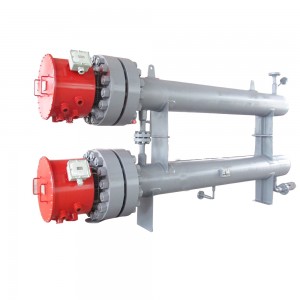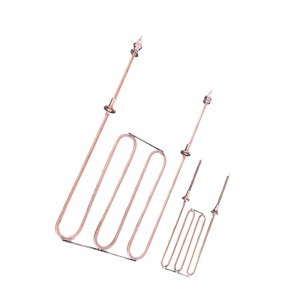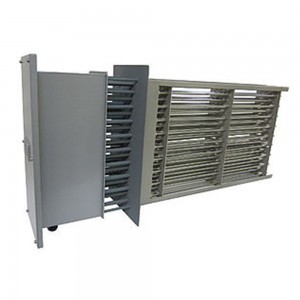Industrial heating trace
Trace heating cables contain two copper conductor wires that are parallel in length which creates a heating zone with a resistance filament in place. With a fixed voltage supplied, a constant wattage is produced which then heats up the zone.
The most common pipe trace heating applications include:
Freeze protection
Temperature maintenance
Snow Melting On Driveways
Other uses of trace heating cables
Ramp and stair snow / ice protection
Gulley and roof snow / ice protection
Underfloor heating
Door / frame interface ice protection
Window de-misting
Anti-condensation
Pond freeze protection
Soil warming
Preventing cavitation
Reducing Condensation On Windows
1.Are you factory?
Yes, we are factory, all customers are more than welcome to visit our factory .
2.How warm should heat tape be?
The better quality tapes use a thermal sensor embedded in the tape to turn on the heating process once the temperature drops to around 38 degrees F (2 degrees C). Manufacturers instructions are provided on the package on how to properly install the tape.
3.When installing heating cable fasten the cable to the pipes using fiberglass tape or?
Fasten the heating cable to the pipe at 1 foot intervals using fiberglass tape or nylon cable ties. Do not use vinyl electrical tape, duct tape, metal bands or wire. If there is excess cable at the end of the pipe, double remaining cable back along the pipe.
4.How much resistance should heat trace have?
Minimum readings of 20 M Ohms for each circuit is an acceptable level to test for. A record should be kept of the reading after the cable has been installed. This reading can be used as a reference point when taking future readings during regular maintenance.
5.Can heat trace be repaired?
Having to repair your trace cable is an extremely rare occurrence. ... The SKDG Cable Repair Kit is intended to be used to repair dual and single conductor construction EasyHeat Snow Melting mats and cable kits, thermal storage and radiant heating mats damaged either during installation or subsequent operation.
